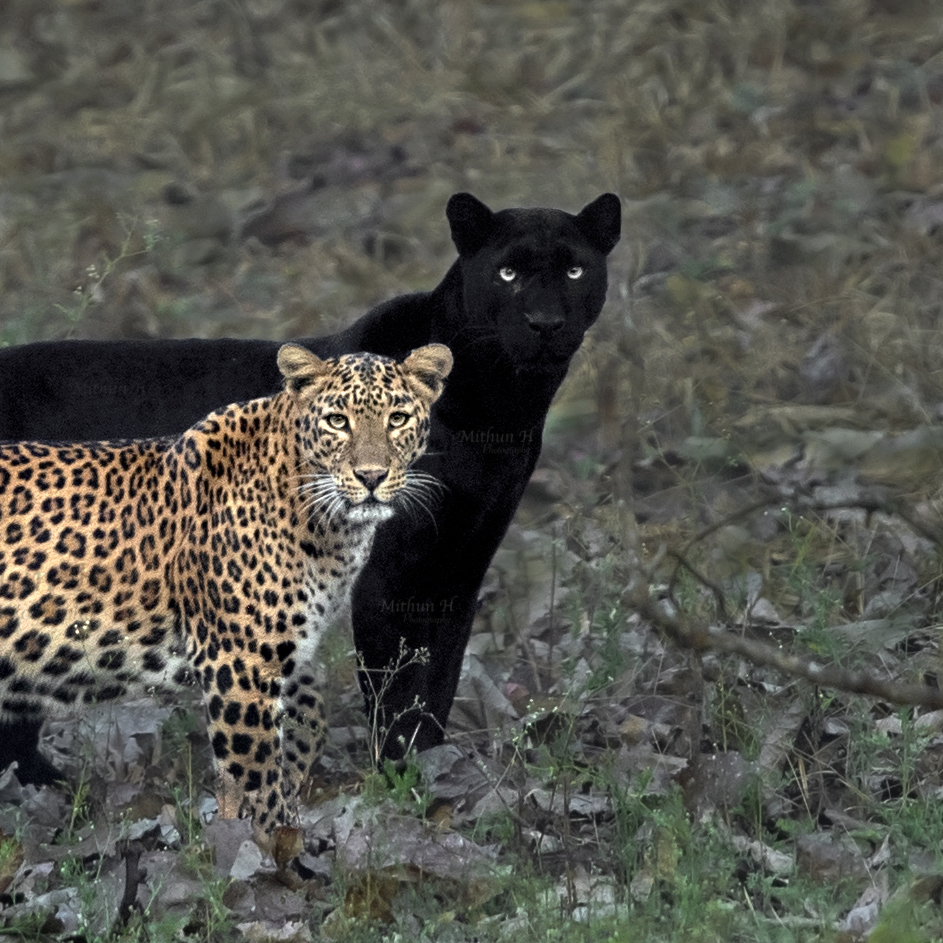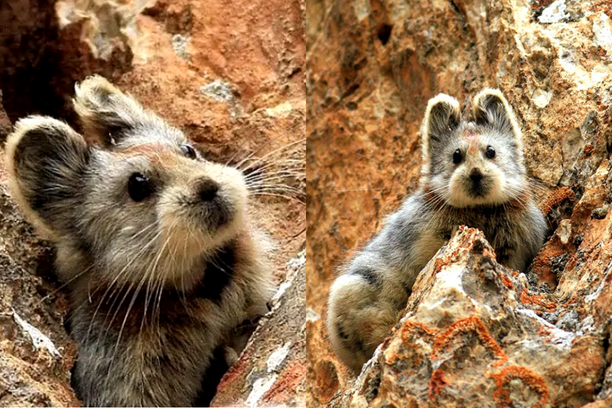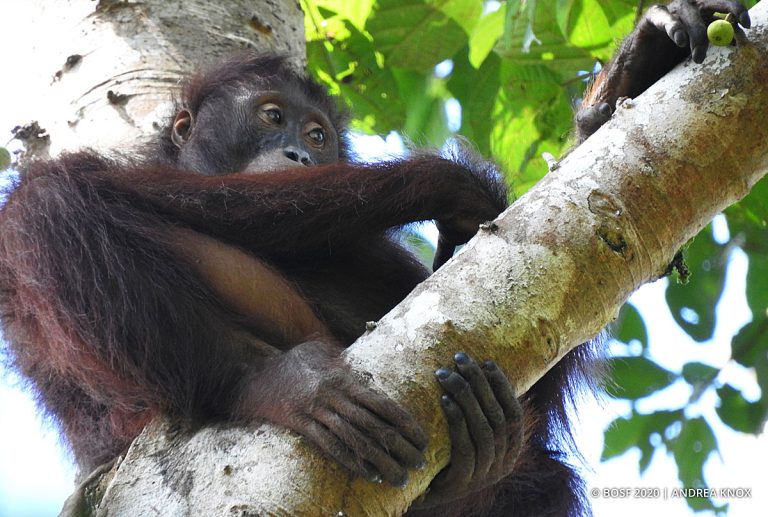The real Black Panther: An interview with wildlife photographer Mithun H
In July, the skies over Kabini burst open, and rain poured steadily for two hours. Perched on a tree branch covered in thick green moss sat Saaya, a black panther with a sleek, rain-speckled coat.
For Mithun H, a 31-year-old wildlife photographer from Bengaluru, capturing this moment was unforgettable. With his Nikon D5 camera, he photographed Saaya and his mate, a leopardess named Cleopatra, calling the experience nothing short of “magical.”
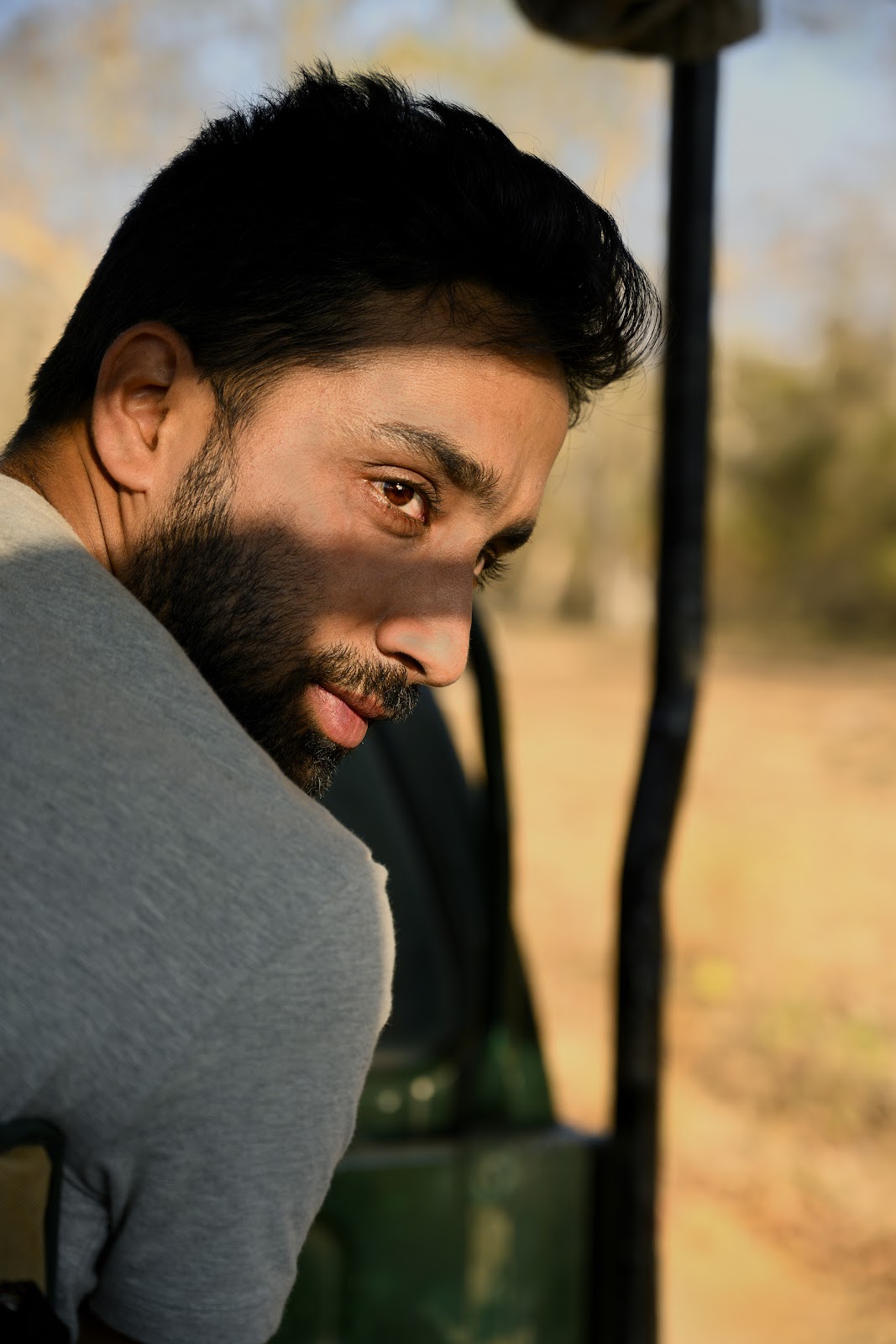
“Saaya was injured that day after a fight with another male leopard. We spotted him on two different trees, yet he looked fitter and stronger than ever,” he recalls. “People often say tracking big cats is tough in the monsoon, but I love the forest in the rain. It feels more alive and vibrant. Watching Saaya shake the rain from his black coat was simply magical.”
Growing up in the forests of Karnataka, with a father who was a forest officer, Mithun developed a deep love for wildlife. He spent most of his childhood near the Dandeli Wildlife Sanctuary, surrounded by dense forests filled with black panthers, monkeys, and elephants. His fascination with big cats only grew stronger over time.
“I’ve been closely observing big cats for the past 15 years, tracking their movements, behaviors, and even mating patterns,” he says.
Although his passion for the jungle started young, Mithun began photography much later, in 2009. “At first, I just enjoyed going into the forest with a pair of binoculars. But after witnessing so many incredible scenes, I felt it was time to share this beauty with the world. That’s how I got into photography, and I haven’t looked back since,” he shares.
The Real Black Panther
After nearly 10 years as a wildlife photographer, Mithun received an invitation from the National Geographic Channel to join their documentary series, *The Real Black Panther.* This series follows the life of Saaya, the only black panther in Nagarhole National Park in Kabini.
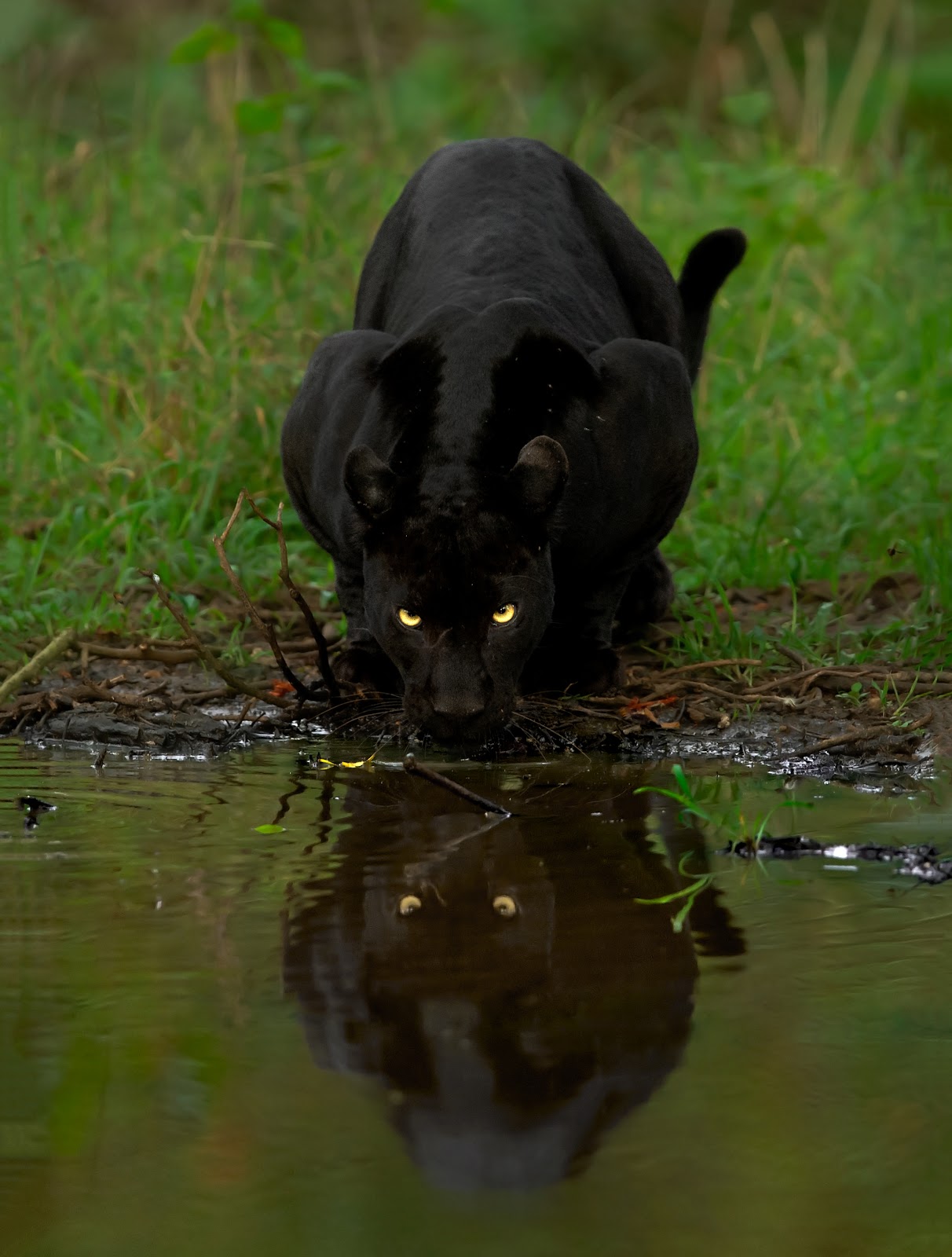
After over a year of tracking, Saaya and Cleopatra finally stepped into view for Mithun’s camera in the jungles of Kabini, Karnataka, on a chilly morning. He fittingly named them “the eternal couple.”
“It was a once-in-a-lifetime moment, with a lot of waiting and patience behind it,” Mithun says. “I had stayed in the same spot for six days, hearing the black panther and leopardess mating about 100 meters away in the dense undergrowth but unable to see them because of limited visibility. They had made a large kill and wouldn’t move until they finished. My knowledge and years of experience tracking Saaya helped here. I simply waited along one of his favorite paths at the edge of his territory, where he would eventually bring her—and, after six days, he did.”
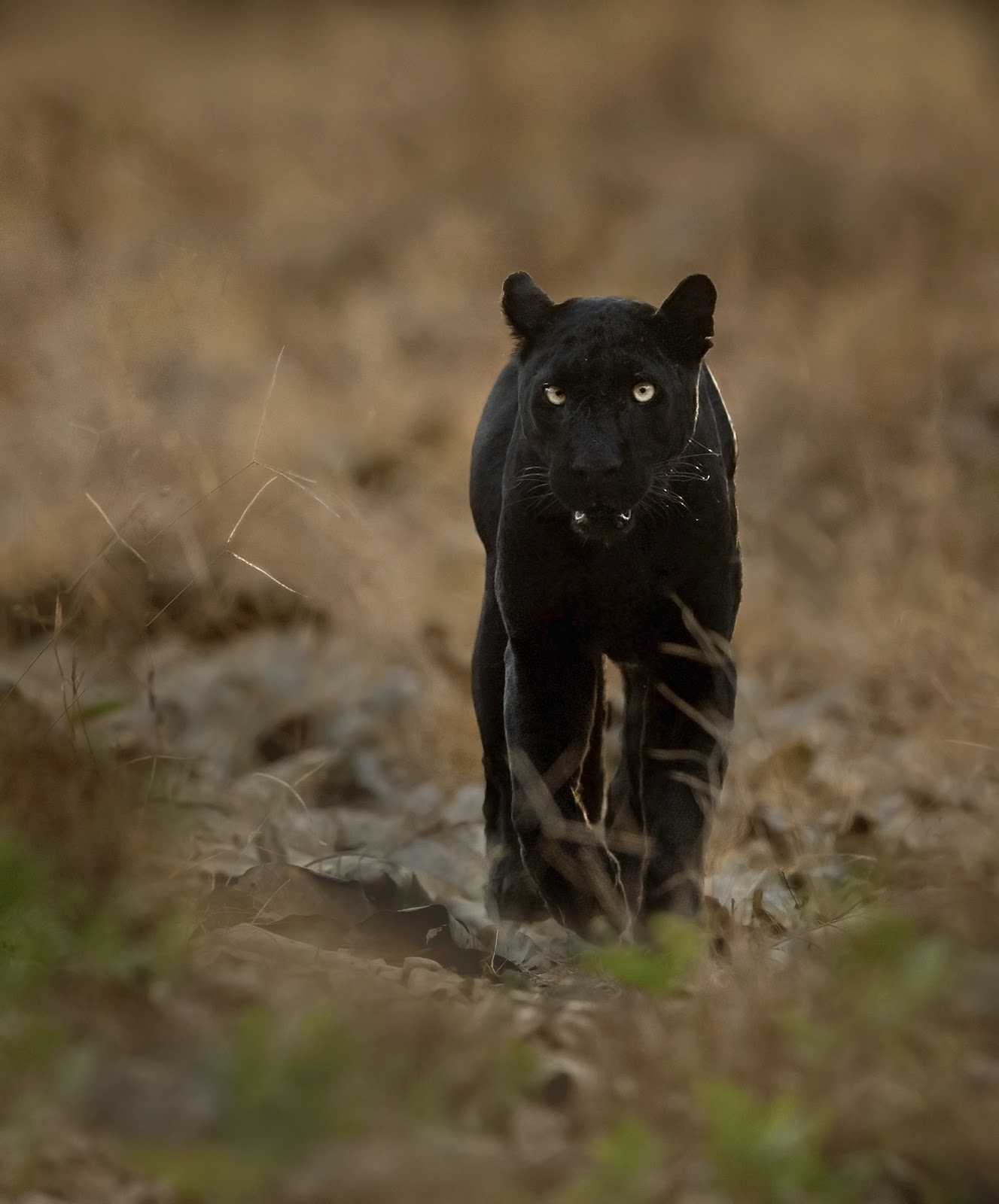
“It was a truly beautiful journey,” Mithun shares. “Spending 10 hours a day in the park, day after day, documenting wildlife was a unique experience. It also gave me a new perspective on the world of cinematography.”
Saaya and Cleopatra

Photos of “the eternal couple” quickly went viral on social media. But it wasn’t just the pictures that caught people’s attention—it was their names too. “Saaya means ‘Shadow’ in Hindi, which fits perfectly with the way the black panther moves so stealthily through the jungle. Cleopatra, named after the beautiful Egyptian queen, loves to lounge in the trees with a royal elegance,” Mithun explains.
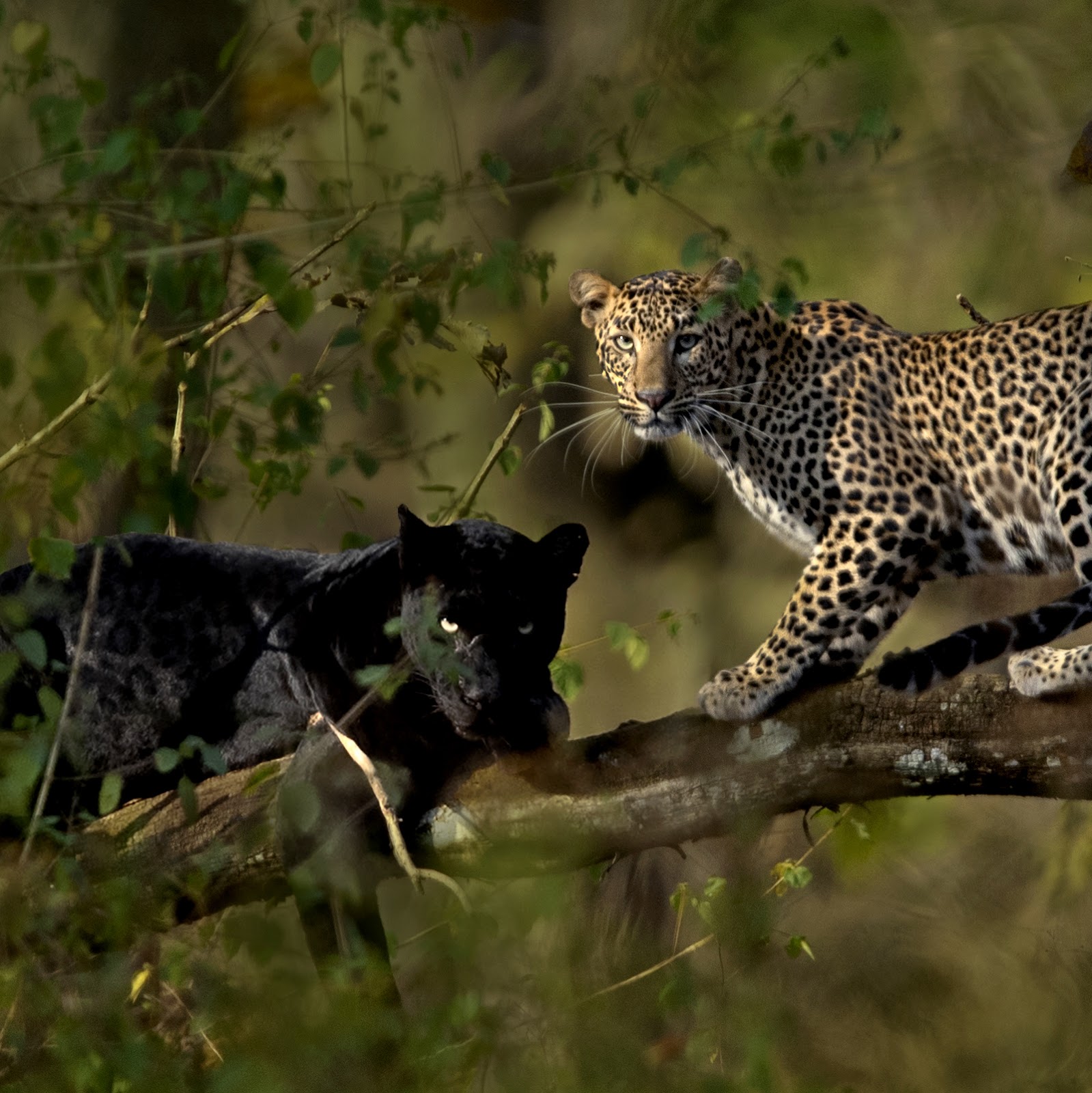
What are the threats to big cats?
Wildlife faces two types of threats: natural and human-made. “Animals learn to survive and adapt to natural threats,” Mithun explains, “but human-made threats are unpredictable. As wildlife corridors shrink, man-animal conflicts increase. For example, tigers need large territories, so when forests diminish, they venture into human areas and prey on livestock. This creates fear and leads to conflict. Wildlife corridors that allow animals to move freely are essential.”
He adds, “India is actually doing well in conservation. The tiger population has grown significantly in recent years. We need to keep up this good work.”
Tips for budding wildlife photographers
When asked for advice for budding wildlife photographers, Mithun shared, “Always be ethical. When you enter a forest with a camera, respect the animal’s space. The right shot will come in time—maybe today, maybe tomorrow—but never intrude on their territory. Let the animal approach you; that means you’ve earned its trust.”
“In wildlife photography, I believe a pair of binoculars is more essential than a camera—that’s how I learned,” Mithun explains. “The more you understand animal behavior, the easier photography becomes. In the end, you need to know the animal, the trails, the alarm calls, and even the smallest details of the forest. That’s the only way to be prepared for the perfect shot.”
By Gokul G K
Photo credits: Rujan Sarkar (Cover)
